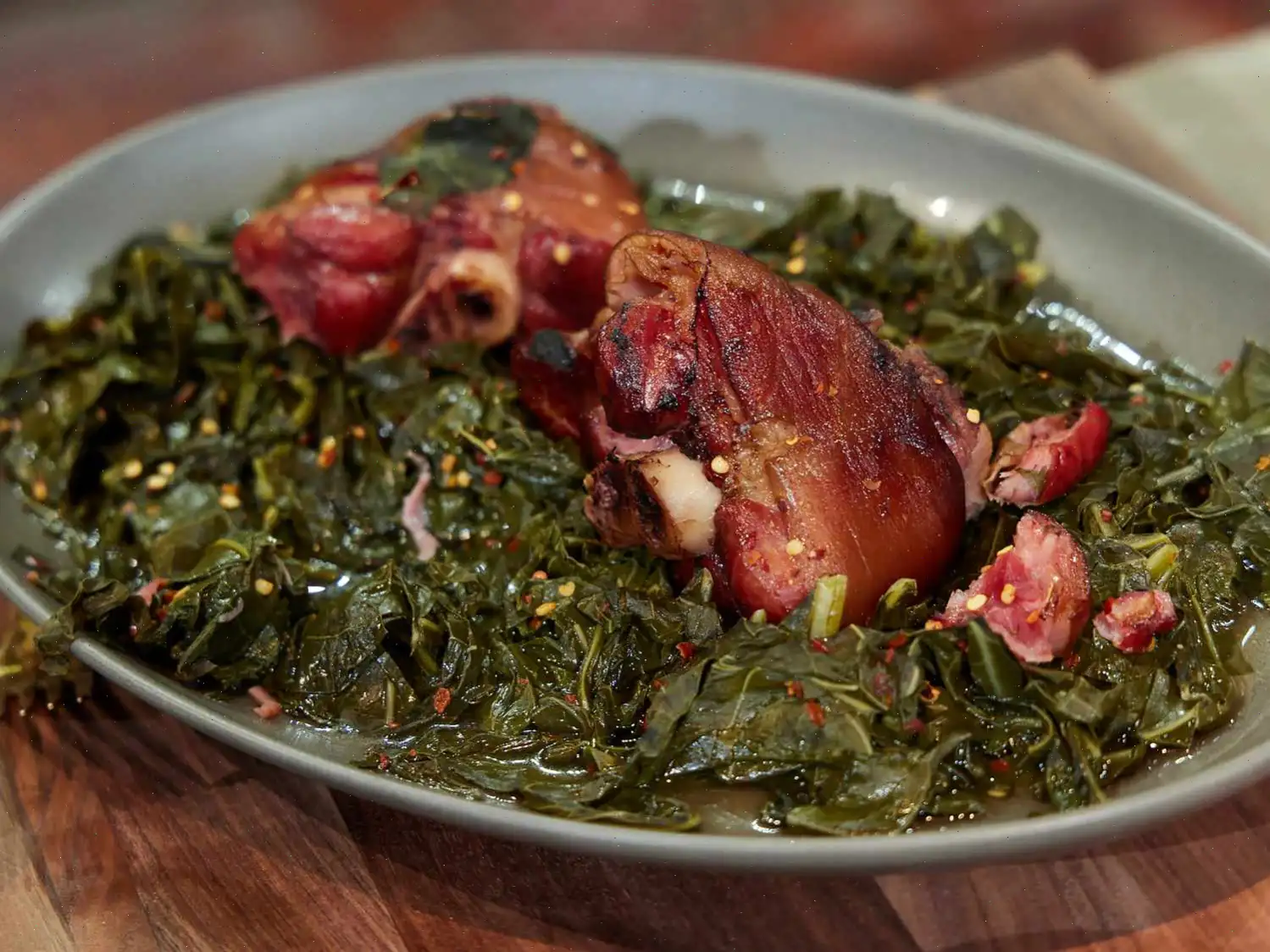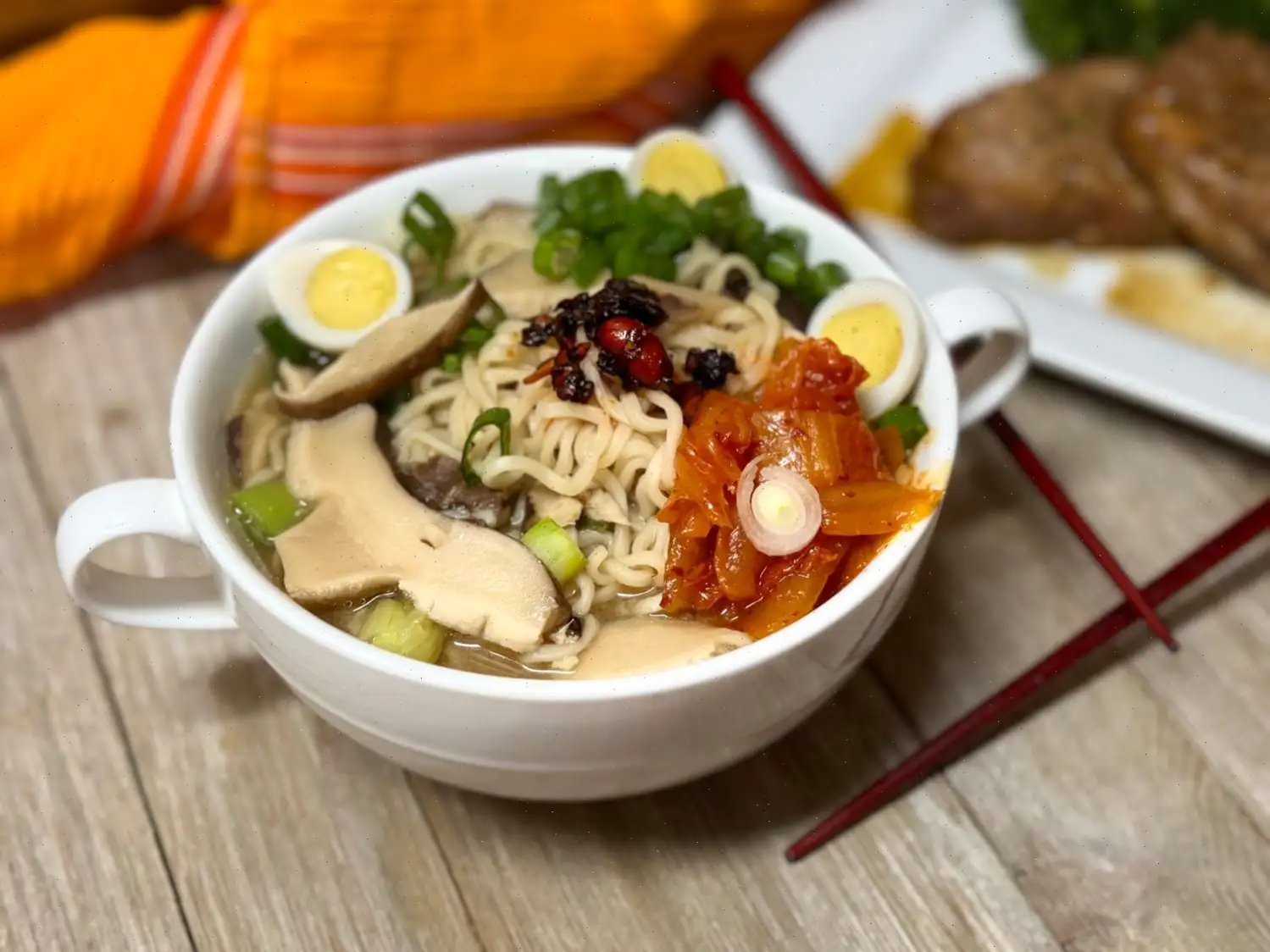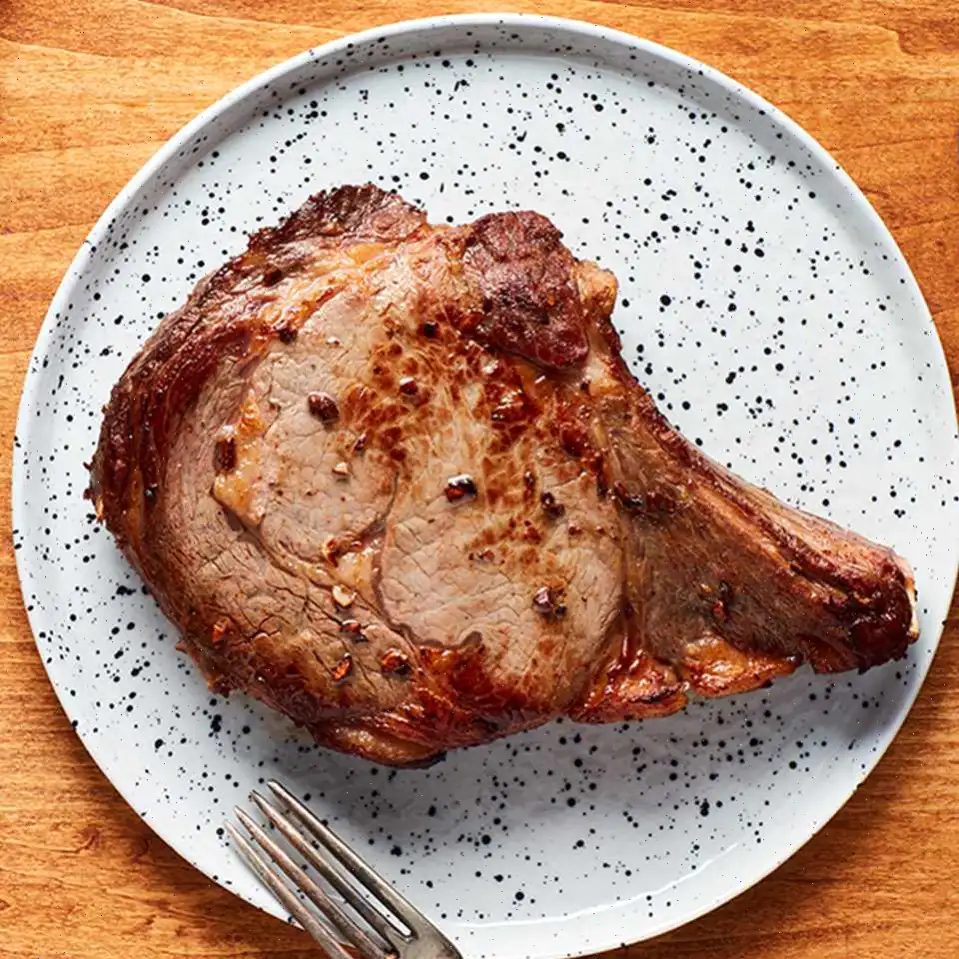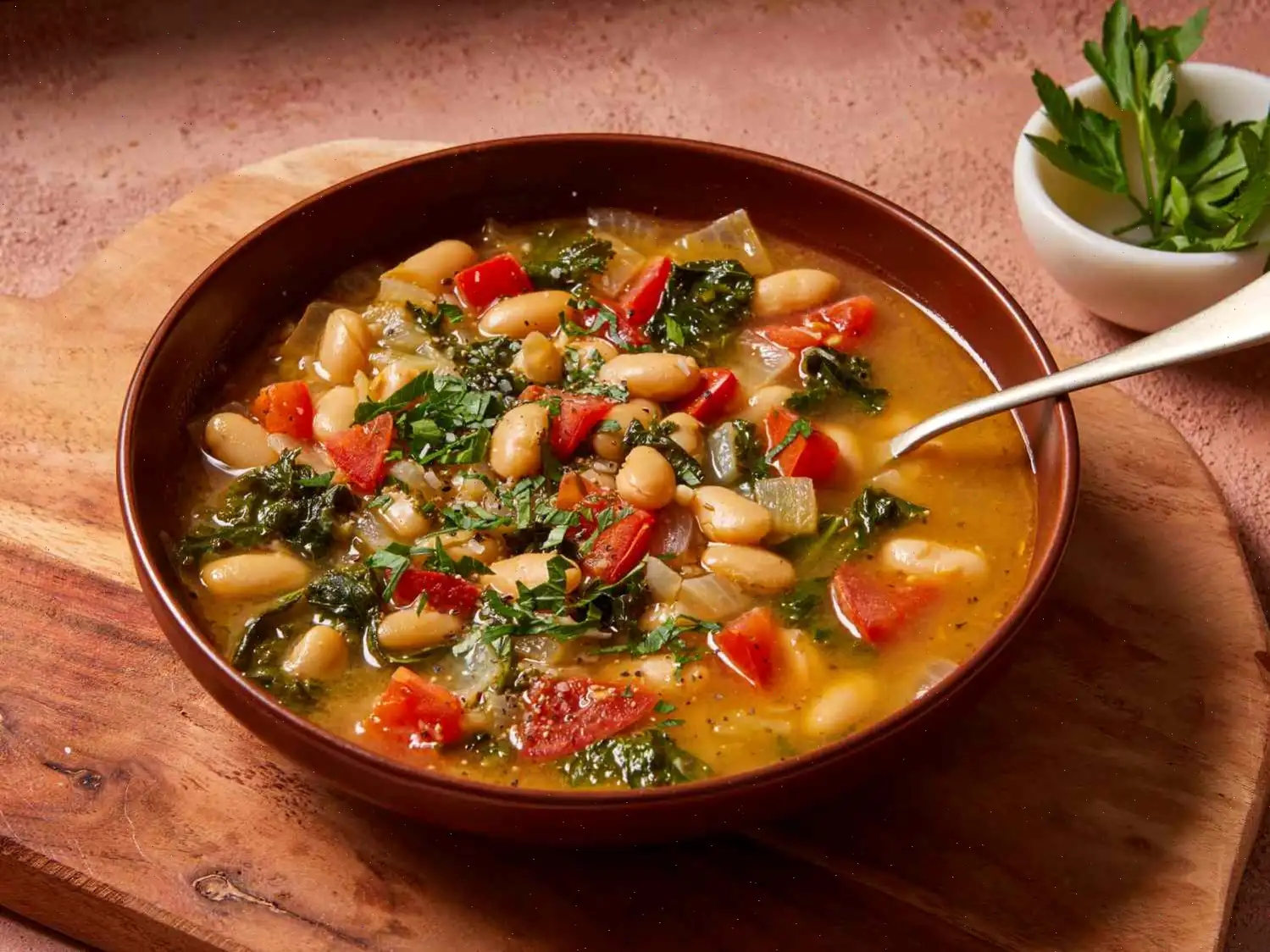
Phyllis’s Braised Collard Greens Recipe
Ingredients
- 2 pounds smoked ham hocks
- 3 pounds collard greens - cleaned, stems removed, cut into 1/4-inch strips
- 1 teaspoon red pepper flakes, or to taste
- Salt and freshly ground black pepper to taste
Directions
- Place the smoked ham hocks in a large pot and add 4 cups of water. Cover the pot and bring to a simmer over low heat. Let it cook for about 1 hour until the meat is nearly falling off the bone and the skin is tender.
- Once the ham hocks are done, remove them from the pot. Add the collard greens and red pepper flakes to the same pot, seasoning with salt and pepper to taste. Cover the pot again and simmer the collards for about 1 hour, until they become tender.
- Once the collards are cooked, return the ham hocks to the pot. Continue to simmer for an additional 15 minutes to allow the flavors to meld together.
Nutrition Facts (per serving)
| Nutrition Information | Amount |
|---|---|
| Calories | 427 |
| Total Fat | 22g (28% DV) |
| Saturated Fat | 7g (35% DV) |
| Cholesterol | 138mg (46% DV) |
| Sodium | 206mg (9% DV) |
| Total Carbohydrate | 13g (5% DV) |
| Dietary Fiber | 9g (33% DV) |
| Total Sugars | 1g |
| Protein | 45g (91% DV) |
| Vitamin C | 42mg (46% DV) |
| Calcium | 343mg (26% DV) |
| Iron | 4mg (22% DV) |
| Potassium | 794mg (17% DV) |
* Percent Daily Values are based on a 2,000 calorie diet. Your daily values may vary depending on your individual calorie needs.
The Rich Heritage of Phylliss Braised Collard Greens
Phylliss Braised Collard Greens is more than just a side dish; it is a culinary tradition steeped in history. Collard greens have been a staple of Southern cuisine for centuries, tracing back to African and European influences. Enslaved Africans brought over knowledge of cooking leafy greens with flavorful fats, while European settlers introduced the use of ham hocks and smoked meats to enhance the dish. This combination created a deeply savory, slow-cooked delicacy that has become synonymous with Southern hospitality.
Regional Variations and Distinctive Characteristics
Although collard greens are enjoyed across the Southern United States, regional differences shape their preparation. In the Carolinas and Georgia, collards are often braised with smoked turkey, while in Louisiana, the addition of spices like cayenne pepper or hot sauce is common. Phylliss recipe exemplifies the classic Southern approach: slow-simmered greens enriched with smoked ham hocks, allowing the leaves to absorb the smoky, hearty flavor. The long cooking process ensures a tender texture that distinguishes it from quickly sauted greens.
Comparison to Similar Dishes
While collard greens are sometimes confused with kale or mustard greens, each has a distinct flavor and texture. Kale tends to be more robust and slightly bitter, while mustard greens have a peppery bite. Collard greens are milder and hold up well to long, slow cooking. Unlike creamed spinach or other leafy preparations, braised collard greens rely on the savory infusion from smoked meats and seasonings, creating a unique depth of flavor rather than a creamy or buttery coating.
Traditional Serving Contexts
Braised collard greens are a staple at Southern tables, often appearing at Sunday dinners, family gatherings, and holiday feasts such as Thanksgiving or Christmas. They pair beautifully with cornbread, fried chicken, black-eyed peas, or roasted meats. In Southern restaurants, they are served as a hearty side that complements a variety of main courses, providing both nutrition and comfort.
Interesting Facts
Collard greens have long been considered a symbol of good luck and prosperity in Southern culture, often served on New Years Day with black-eyed peas and cornbread. Nutritionally, they are packed with vitamins A, C, and K, along with calcium and fiber. The use of smoked ham hocks not only adds flavor but also reflects a time when no part of the animal was wasted. Interestingly, in some historical Southern cookbooks, collards were also sweetened with a touch of molasses or sugar to balance the smokiness, showcasing the dishs adaptability and regional creativity.








